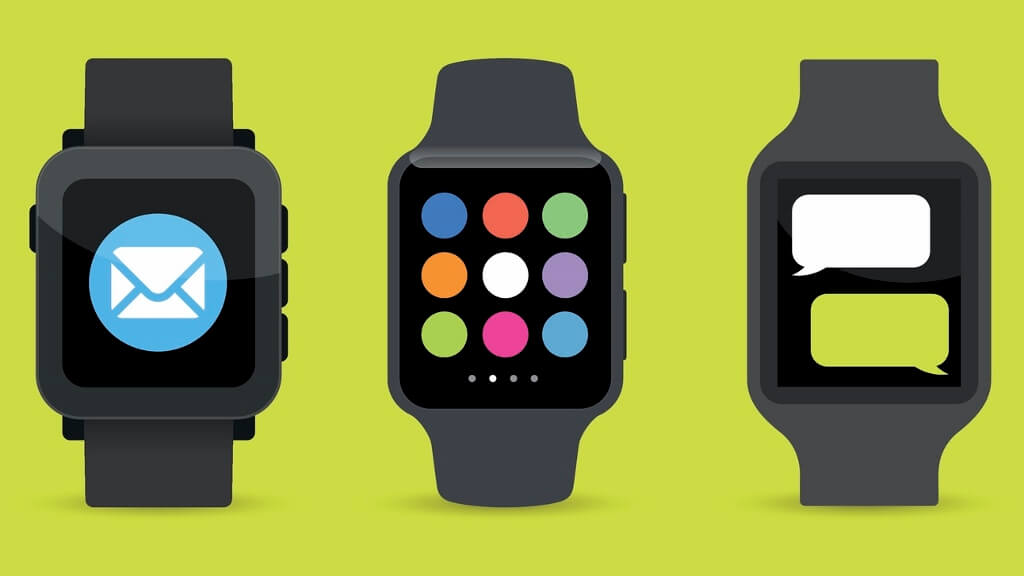Wearables are big business right now, especially in the case of those related to fitness, but will this boom continue?
The Future Of Wearable Technology
Wearables are big business right now, especially in the case of those related to fitness, but will this boom continue?

Smart wearables are becoming integral to modern society. Increasingly, connected devices can process and analyse our activity, allowing us to monitor and moderate a range of behaviours, from exercise to expenditure.
Automatic synchronisation of wearables and smartphones provides us with information on our behaviour and simplifies how data is presented to us, so we can adjust our activity accordingly. Banks are responding to the changes, developing innovative ways to make payments and transfer funds on smartwatches and providing more payment options to customers.
Advancements in wearable tech have been top of the agenda for the tech giants for some time, but the past few years have seen incredible leaps in their abilities. Where is the future of wearables heading?
Life
Wearable technology has been talked about a lot over the last few years – and it’s already making an impact. Contactless wristbands are eliminating worries about forgetting paper tickets, while payment rings have simplified and accelerated the payment process at concerts and sports games.
In future, we think wearables could break into the world of fashion, as smartwatches and trackers become more visually appealing. In addition, wearables will become more diverse; we think smart glasses, for instance, will become more common.
Festival-goers in Australia will soon be the first to trial using sunglasses to purchase drinks, simply tapping their glasses to pay. Expect more of the same.
By 2025, 62% of people expect virtual assistants to be available on wearable platforms, where they can collate information from our collective devices and use it to plan our social lives. Personal assistants are also set to move to wearable platforms.
As they become more important to our daily lives, wearables will use information based on our surroundings and activities to process our likes and dislikes. This data can then be used to ensure we stick to schedules, reminding us of appointments and even anticipating meeting clashes.
Work
Wearables are also set to dominate the workplace, allowing individuals and companies to better understand the flow of business processes. With employees sharing continuous streams of data, businesses will be able to see where they can improve processes and thus productivity, making better use of their employees’ time.
Health
There has been an expansion of fitness trackers available over the last few years, but what’s likely to appear in future? Research suggests we will be able to use wearables to enhance our wellbeing; for instance, by using smart glasses to see a 3D representation of teeth whilst brushing or even wearing a heart monitor that can be used to provide data that lets us achieve the Gold Standard in ECG analysis for optimal heart health in only a matter of minutes.
Equally, wearables could feed our widespread fitness obsession. With the introduction of DNA-based fitness boot camps, where workouts are tailor-made based on genetic code, wearables could act as ultra-intelligent personal trainers in the years to come.
Wearables could perhaps even transfer data from connected devices to our doctors and healthcare professionals, saving stretched health services valuable time. They might be able to analyse the body to help us avoid unhealthy habits, such as monitoring alcohol levels.
For diabetics, technology is becoming available which assesses blood glucose levels and alerts people should they rise or fall to dangerous levelsThere has been an expansion of fitness trackers available over the last few years, but what’s likely to appear in future? Research suggests we will be able to use wearables to enhance our wellbeing; for instance, by using smart glasses to see a 3D representation of teeth whilst brushing, or visualising a graphic display of the heart.
Transport
Transport is going to get even speedier in the future thanks to wearables and NFC payment facilities. Already, commuters in London, New York and Hong Kong can use public transport with the tap of a smartphone. In future, we could see rings, wristbands, perhaps even necklaces used every day, meaning that taking a train could become more seamless and convenient than ever before.
The wearable technology revolution has only just started, and we’re only at the beginning of understanding their limitless capabilities. However, as the technology develops, it’s crucial we get the security right and protect the personal and professional data we store on our devices to make the most of their potential safely and securely.
Thanks for signing up to Minutehack alerts.
Brilliant editorials heading your way soon.
Okay, Thanks!


